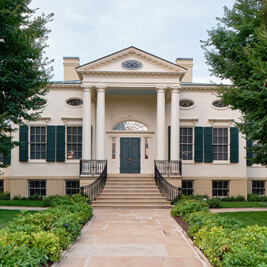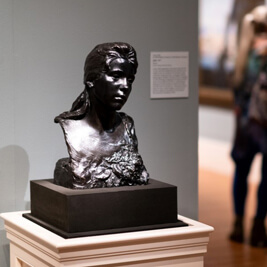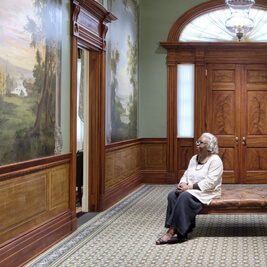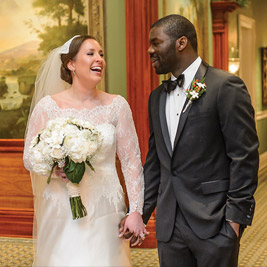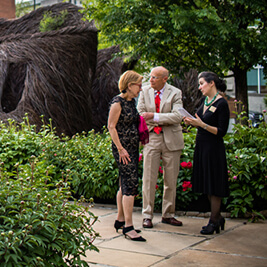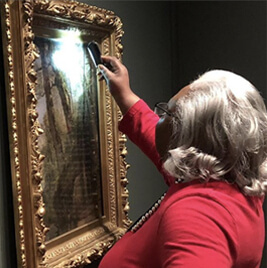- Do + See
- Dine + Host
- Give + Join
- Educate + Learn
Women in the Taft Historic House
By Angela Fuller, Associate Registrar/Assistant Curator
Anna Sinton Taft, the cofounder of the Taft Museum of Art, is undoubtedly the best-known woman to have lived in the Taft historic house. Most museum visitors know her name by the time they conclude their visit. Do you know the names of any other women who lived here? In commemoration of Women’s History Month, this post explores the lives of three lesser-known, yet equally remarkable women who walked the halls of the Taft historic house when it served as a family home.
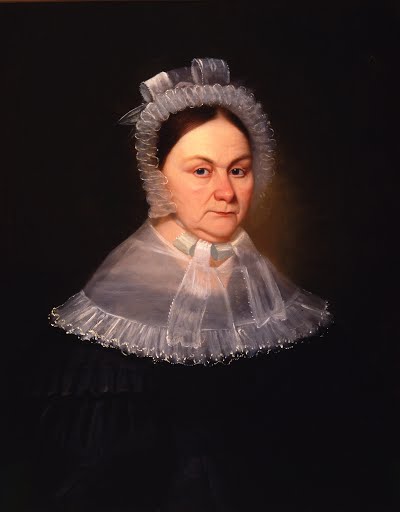
Nathan Wheeler (American, active about 1815–1844), Ann Somerville Wallace Baum, about 1820, oil on canvas. Cincinnati Museum Center.
Ann Somerville Wallace Baum (1782–1864)
The young Ann Somerville Wallace moved with her family from the established society of the East Coast to the new frontier town of Cincinnati in the Northwest Territory. Ann’s sister Rebecca married future U.S. Senator Jacob Burnet in 1800. Four years later (just one year after Ohio achieved statehood), Ann married entrepreneur and merchant Martin Baum, and the couple moved into a brick house that stood in the vicinity of today’s Great American Ballpark.
Though Ann Somerville Wallace Baum enjoyed wealth and prestigious family connections, these privileges did not entirely protect her from personal hardship. In 1807, while pregnant with her second child, Baum lost her firstborn, Robert, to a respiratory infection when he was only 17 months old. Baum also weathered several periods of financial instability, including one in 1820 that prompted her husband to proclaim the family would starve without an infusion of cash.
Financial disaster averted, the Baums moved into the newly constructed Taft historic house, built as their private mansion, with a large family in tow. By this time, Baum had given birth to six more children under the age of 13, forming what must have been a bustling household. However, just five years later, the Baums, in crisis once again, moved out and sold their new house to the bank to settle a debt.
Eliza Potter (probably 1820–1893)
Eliza Potter, a free Black woman, lived in the Taft historic house from 1838 to 1840. Potter cared for the young, orphaned grandson of the house’s second owners, Nicholas and Susan Longworth. As a professional nanny, Potter traveled with the families who employed her around the United States and to Europe, where she learned how to style hair. She eventually returned to Cincinnati and became a sought-after hairdresser among the city’s upper class white women, who hired Potter to prepare for special events such as weddings and balls. Potter even returned to the Taft historic house to style Susan Longworth’s hair for her fiftieth wedding anniversary party in 1857.
Eliza Potter’s entry into the elite world of her clients also afforded her access to sensational gossip, which she recorded in her memoir, “A Hairdresser’s Experience in High Life,” self-published in 1859. According to her own account, Potter fearlessly pursued her goals, such as traveling the world, and did not allow anything, including her two marriages, to interfere with her independence. She bravely shared her anti-slavery sentiments at a time in America when it was incredibly dangerous for a Black person or a woman to do so. Potter spent time in jail on at least one occasion for allegedly instructing an enslaved Kentuckian how to escape to Canada.
You can learn more by reading Eliza Potter’s book, which is available for free online.
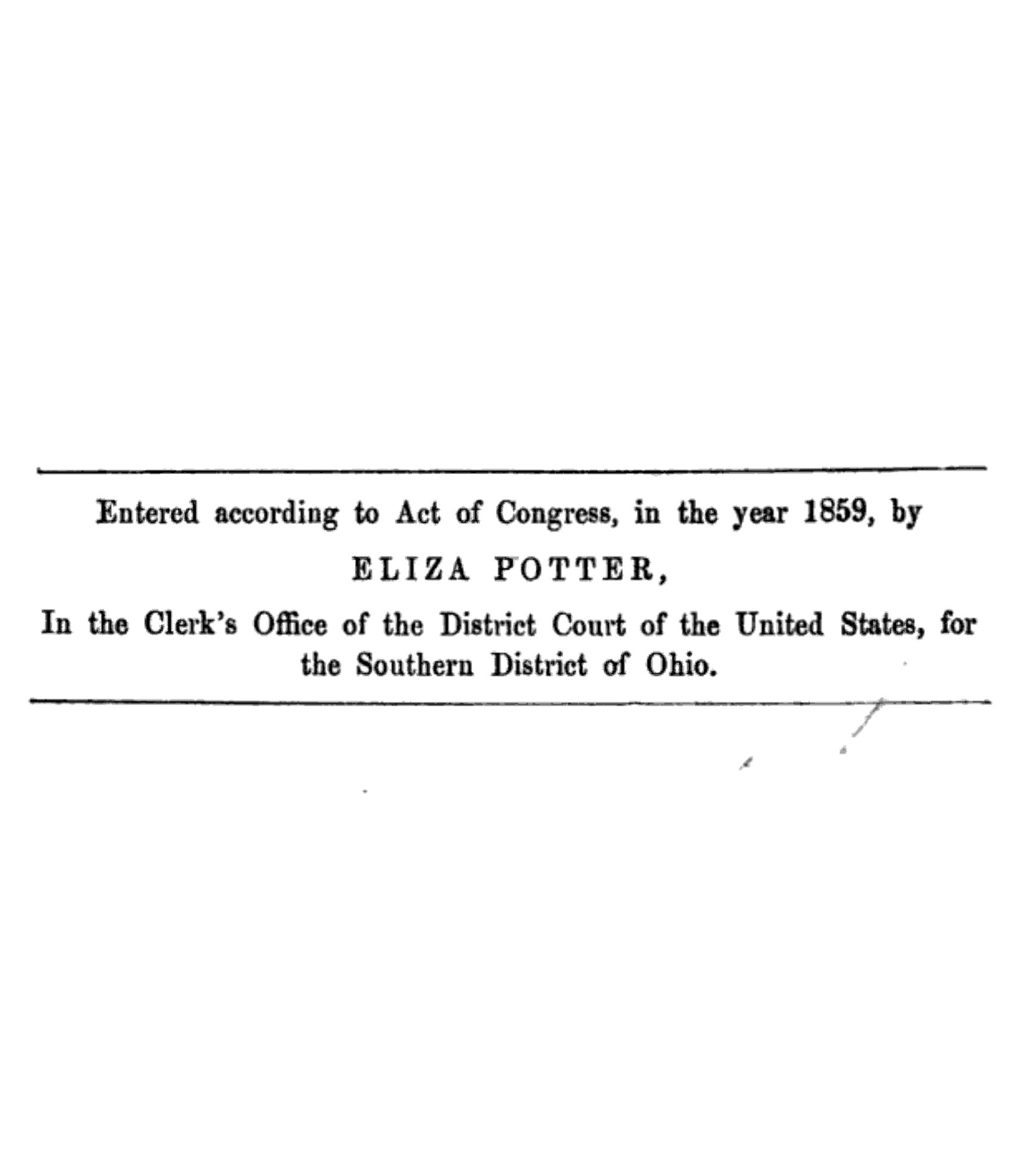
Detail from the title page of A Hairdresser’s Experience in High Life showing the book’s publication information.
Sarah Ware (about 1812–1883)
Sarah Ware, an immigrant from England, lived with the Sinton/Taft family for at least 23 years, including 12 years spent in the Taft historic house. She joined the multitude of poor immigrants from Ireland, England, Wales, and Germany who lived and worked in the residence over its first 200 years. Ware first appears in the household of David Sinton on the 1860 federal census, then again in 1870, the year before the Sintons moved into the Taft historic house, as a housekeeper. Sinton’s wife had died in 1853, leaving the widower to care for their two young children. Though Sinton employed other staff too, it is tempting to imagine that Ware might have remained with the Sinton family for so long because she filled a maternal role in the household.
In 1880, Sarah, then about 68 years old, is listed in the census as a “companion,” indicating that she had probably retired from her housekeeping duties. Ware died in 1883 and was held in high enough esteem to be buried in the Sinton/Taft family plot in Spring Grove Cemetery. Though her gravestone erroneously records her age at death as “about 87,” in reality she would have been 71. Perhaps this mistake is a testament to many years of hard work that may have aged her beyond her years.
In the 19th century, few roles existed for women outside the sphere of home and family. The history of the Taft house is therefore deeply entwined with and enriched by the stories and experiences of all the women who lived in it. As we learn more about the lesser-known residents of the house, we look forward to sharing their stories with you.
